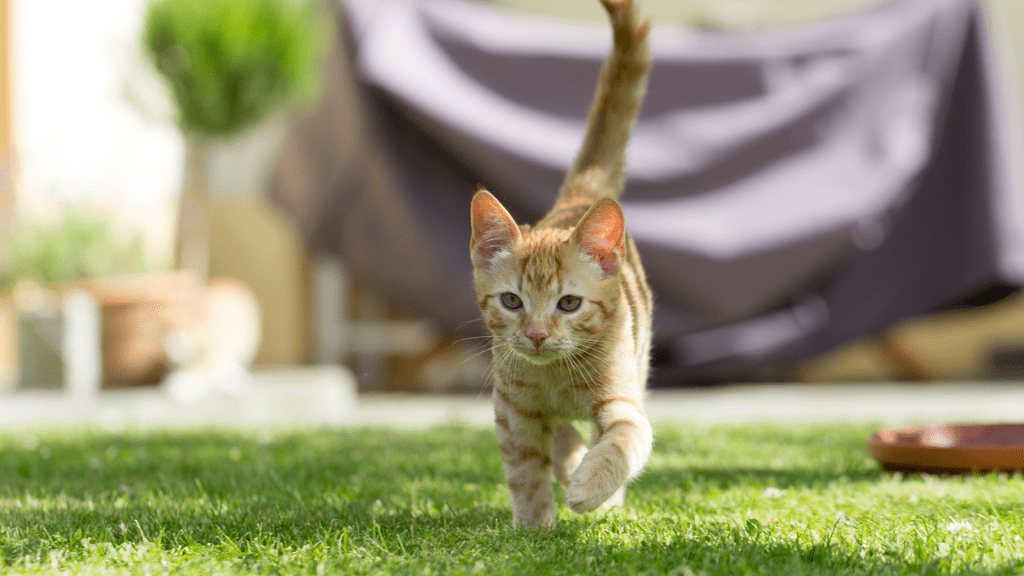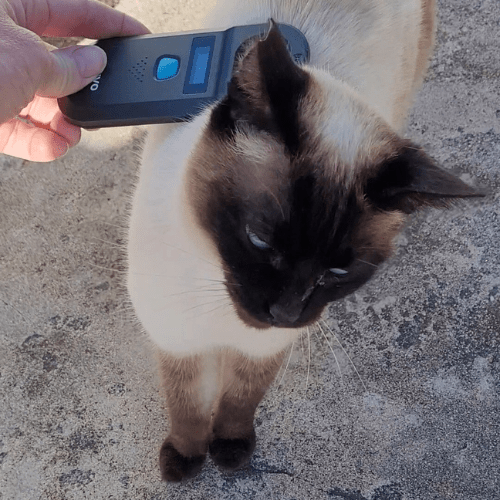
How Much Does It Cost To Microchip A Cat?
Microchips for cats are relatively affordable. The American Animal Hospital Association supports microchipping and scanning for cats. The initial cost of getting your cat chipped is usually around $50, and there is sometimes an annual fee of $15-20 to keep your information on file. The American Veterinary Medical Association has conducted studies showing the benefits of microchipping for reuniting lost cats with their owners. Most chips also offer a free version and don’t require annual fees.
Microchips For Cats
Microchips for cats are a groundbreaking technology that is quickly becoming a necessity for all cats. Cat microchipping involves implanting a small chip beneath your cat’s skin, which is a safe and simple procedure that provides numerous benefits, including the ability to reunite lost cats with their owners. The microchip is implanted beneath the skin using a syringe and does not require anesthesia. If your cat ever gets lost or needs to be identified, the chip can be scanned, and you can be contacted.
Microchips for cats are an excellent way to ensure that your beloved pet always has a way to get back home. In addition, microchips for cats are also helpful in identifying stolen pets and reuniting them with their rightful owner. If you are considering getting a microchip for your cat, there are a few things you should know.
Microchipping Cats Is Safe And Painless
The chips are inserted beneath the skin, usually between the shoulder blades. The insertion is similar to getting a vaccine, and most cats do not even react to the procedure. Microchips for cats are also permanent, meaning that once your cat is chipped, the chip will remain in place for its entire life. These microchips provide a tamper-proof and permanent identification, helping to reunite lost animals with their owners.
Microchips Help Cats Return Home
If your cat ever gets lost, microchipping significantly increases the chances of reuniting with your lost cat. It is crucial to register the microchip with a microchip registry and keep the contact information up to date. Any vet clinic can scan a lost or stolen cat for a microchip, so it is important to make sure that your contact information is up to date.
Should You Microchip An Indoor Cat?
Yes! Getting your cat microchipped will give you peace of mind, knowing that they can always be returned home safely if they ever escape outside. Microchipping indoor cats is beneficial as it ensures they can be identified and returned quickly. It’s also a sign of pet ownership.
Do Microchips Have GPS?
No, microchips do not have GPS tracking capabilities. Microchips only store your chip’s unique identifier so that you can be reached if your pet is lost or stolen. Microchips operate at different radio frequencies, and it is crucial to use universal scanners that can detect all three microchip frequencies to ensure the microchip can be read regardless of the frequency.
However, there are some new gadgets and devices for your pet’s collar that will track their location and movements.
What Types Of Microchips And Microchip Registry Are There?
There are two types of microchips: passive and active. Microchipped cats are more likely to be reunited with their owners compared to non-microchipped cats. Passive chips only store your contact information and need to be scanned in order for you to be contacted. Active chips also store your contact information, but they also emit a low radio frequency signal that can be picked up by special scanners.
Can You Buy A Microchip Scanner?
Yes, microchip scanners are available for purchase, but most veterinarians, animal control officers, and animal shelters already have them. If you find a stray cat, you may also be able to borrow one to identify the cat’s owner.
It is crucial for an animal shelter to scan for microchips when a cat is brought into their care to quickly contact the cat’s owner and prevent the cat from remaining impounded and at risk in the shelter.

Can You Find A Microchip Without A Scanner?
No. Microchips are not visible to the naked eye and can only be found using a special scanner. Scanning for a cat’s microchip is crucial to identify the owner and ensure the pet is returned safely. They are small, rice-sized devices that are implanted beneath the skin, usually between the shoulder blades, but can move around.
Are Cats Microchipped As Part Of TNR?
Yes, community cats that are part of TNR (Trap-Neuter-Return) programs are typically microchipped before they are released back into the wild. Microchipping helps reunite community cats with their caregivers, reducing the risk of them being impounded or at risk. Additionally, microchipping helps identify stray cats and increases the chances of reuniting them with their owners. Microchipping ferals or strays helps to identify these cats so that they can be returned to their colony if they are ever recaptured.
Conclusion
Microchips for cats are important for pet safety and identification. They are safe, painless, and relatively affordable. Microchips provide peace of mind, knowing that your cat can find their way home if they escape. Microchipping can be done at a veterinary clinic, and it is crucial to update the microchip registration to increase the chances of reuniting with a lost pet. Ask your veterinarian about a pet microchip today!



